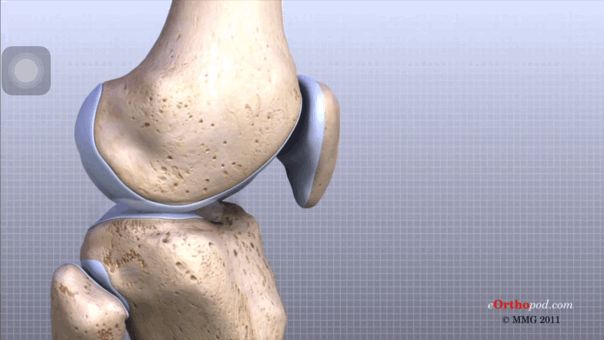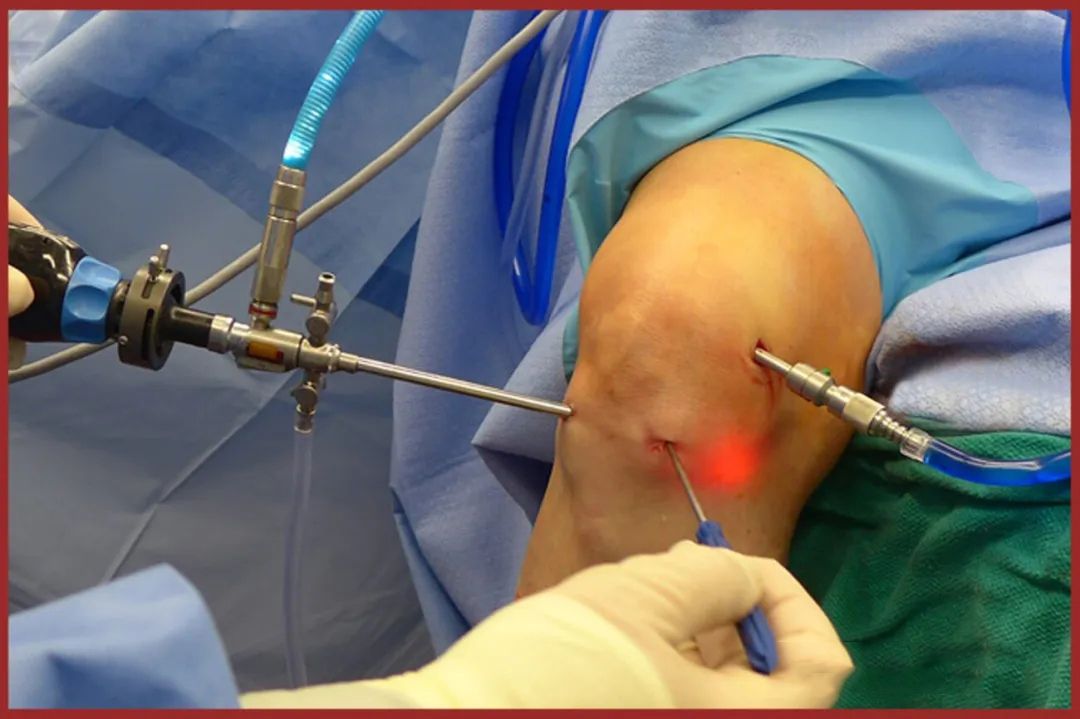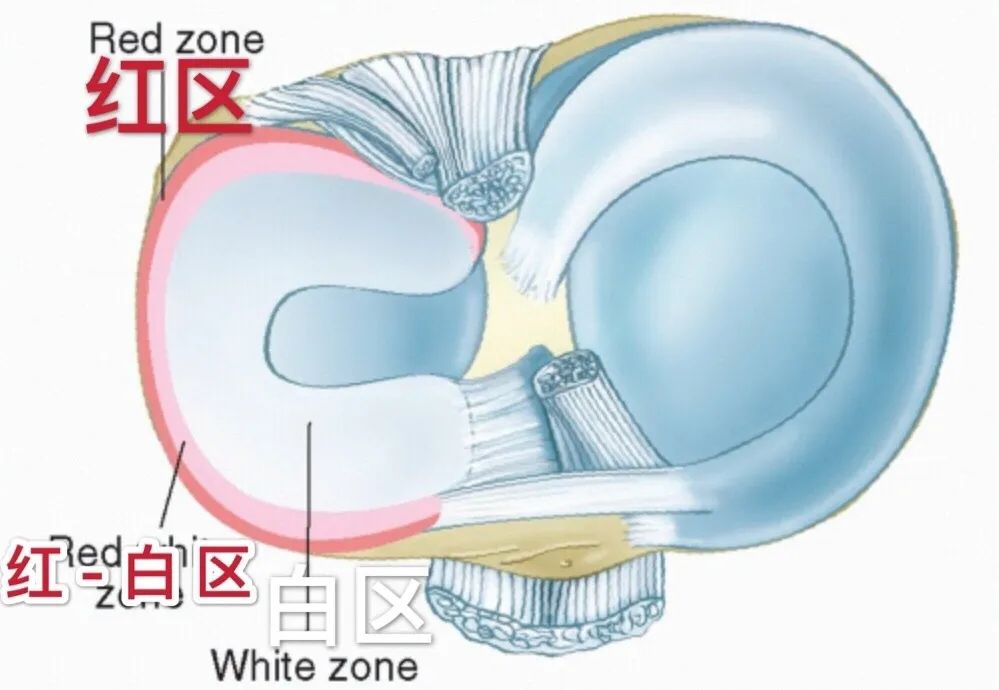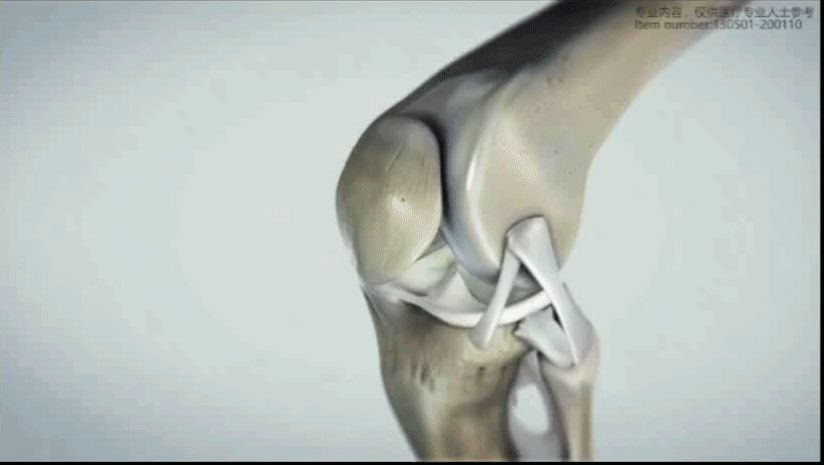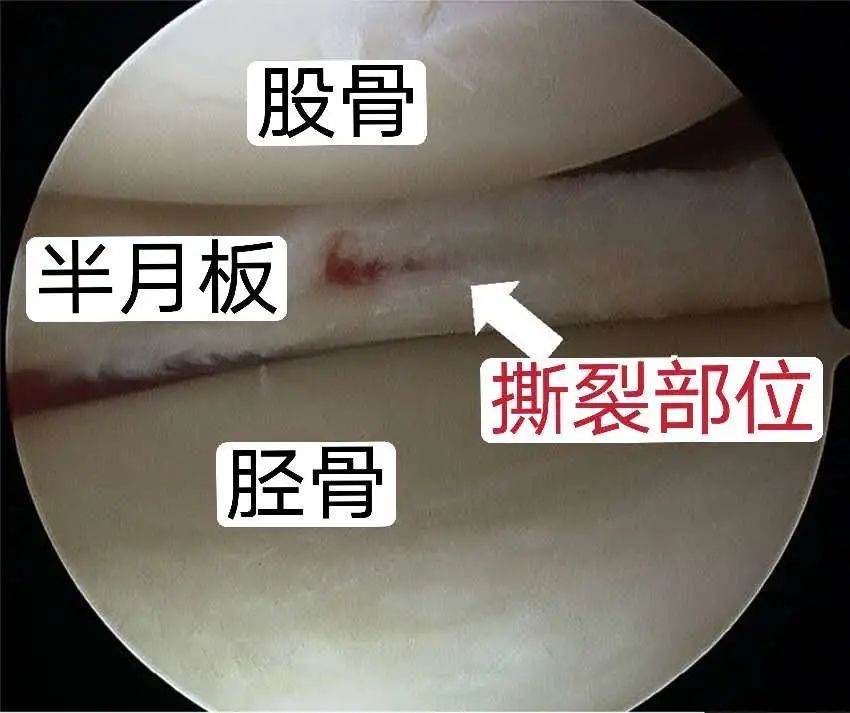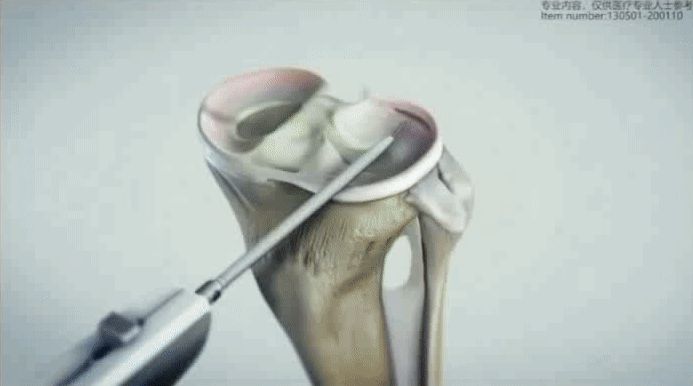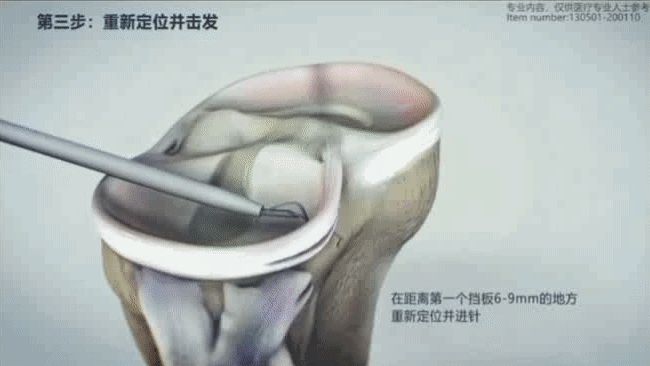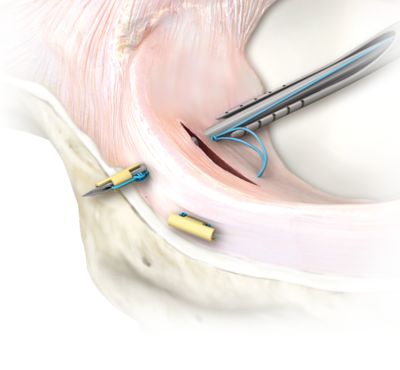The meniscus is located between the femur (thigh bone) and the tibia (shin bone) and is called the meniscus because it looks like a curved crescent.
The meniscus is very important to the human body. It is similar to the “shim” in the bearing of the machine. It not only increases the stability and matching of the knee joint, but also bears the basic load between the femur and the tibia, which has the functions of cushioning, shock absorption and lubrication of the knee. The role of joints.
How is a meniscal injury treated?
If the meniscus injury is not treated in time, it will not only aggravate the symptoms of the injury, but also cause local cartilage damage, eventually leading to the premature occurrence of knee degenerative arthritis, which will seriously affect the daily life of the patient in the future.
Generally speaking, rest, physical therapy, drug therapy, intra-articular injection, etc. are the first choice for elderly patients with low functional requirements or physical conditions that do not allow surgery for knee joint MRI reports of grade I and II injuries and very few marginal minor injuries. Conservative treatment measures.
For patients with meniscal injuries above grade III, surgical intervention should be considered. However, in the final judgment of whether surgery should be performed, the patient’s clinical manifestations, the doctor’s physical examination and MRI results must be considered comprehensively.
Faut-il fendre ou couper le ménisque ?
La chirurgie arthroscopique des lésions du ménisque comprend principalement la plastie du ménisque (chirurgie plastique), c’est-à-dire la résection partielle du ménisque et la suture du ménisque. La résection et la suture du ménisque ont leurs propres indications, et le médecin choisira la meilleure méthode de traitement en fonction des conditions spécifiques de votre lésion méniscale.
Quel degré de lésion méniscale peut-on suturer ?
Selon l’apport sanguin, le ménisque peut être divisé en trois régions, dont la zone rouge avec un apport sanguin riche et une forte capacité de guérison, et la zone rouge et blanche (jonction) avec une faible capacité de guérison et sujette à des dommages irréversibles et permanents. zone.
For the meniscus that may heal (red zone, red and white zone), retain as much of the meniscus structure as possible to maintain the protective function of the meniscus on the knee joint to the greatest extent, choose meniscus suture, and use thread to close the tear The meniscus is sewn up.
At present, meniscus suture techniques are mainly divided into: inside-out (inside-out), outside-in (outside-in), and all-inside (all-inside) suture techniques. For the torn meniscus in the middle and posterior 1/3 parts, compared with other suture methods, total internal suture has less trauma and can return to sports earlier.
01
Arthroscopy to confirm injury site
A scalpel makes an incision, and an arthroscope enters the joint cavity to systematically check the cruciate ligament, meniscus and other structures of the knee joint.
Horizontal tear in the posterior horn of the meniscus
Meniscal tear seen under arthroscopy
02
Full meniscus suture
First, adjust the required length of the stapler according to the specific conditions of the patient. Under the protection of the baffle, the stapler enters the joint and selects an appropriate position to insert the needle.
The needle is passed through the meniscus, outside the joint capsule, the first stop is placed, and the needle is slowly withdrawn.
Reposition and advance the needle, similarly place a second stop outside the joint capsule, slowly withdraw the needle, and move the stapler out of the joint.
Two baffles act as fixation outside the joint capsule
The trimmed sutures are pulled taut and the sutures apply appropriate tension to tighten the repaired meniscus. Use a push knot cutter to cut the tail of the suture without leaving any knots on the surface of the meniscus.
Depending on the size of the meniscal tear, repeat the suturing steps above.
Under arthroscopy, check again whether the sutured meniscus is stable, and suture the surgical incision after confirming that everything is good.
Learning and purchasing the product, please contact:
Yoyo
Whatsapp:+86 15682071283
Email: liuyaoyao@medtechcah.com
Post time: Aug-07-2023





